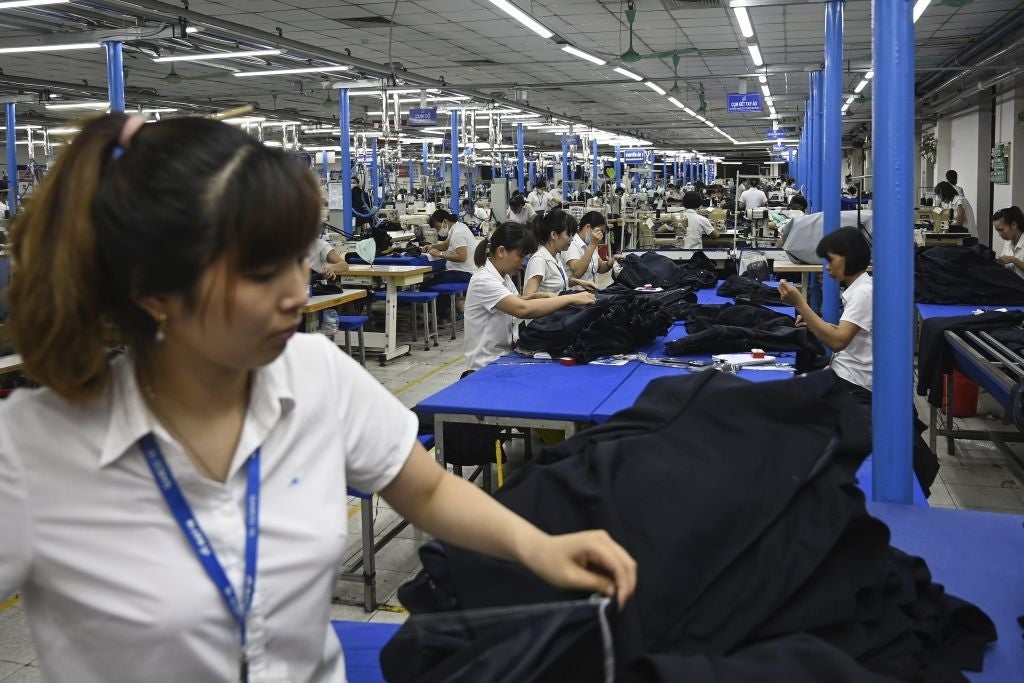

Vietnam’s name has for years been synonymous with the bloody war of 1955–75 that bore its name, but in recent years the South East Asian country has become one of the fastest-growing economies in the world and is proving to be one of the most attractive locations for FDI in Asia.
According to the UN Conference on Trade and Investment (UNCTAD) 2020 World Investment Report, Vietnam’s FDI inflows in 2019 reached an all-time high of $16bn. The majority of these projects were aimed at the country’s growing manufacturing sector, along with tourism and real estate. The manufacturing sector has been bolstered by multinational enterprises (MNEs) attempting to sidestep trade tensions between the US and China by using Vietnam as a less problematic alternative.

Access deeper industry intelligence
Experience unmatched clarity with a single platform that combines unique data, AI, and human expertise.
Vietnam offers an FDI alternative to China
Relocations from China to Vietnam have included moves by Intel (US), Nintendo (Japan) and Kyocera (Japan). Key source markets for Vietnam include Japan, South Korea, Singapore, China and the US.
In 2020, Covid-19 caused a significant economic slowdown in South East Asia due to major disruptions to supply chains. In Vietnam many factories stopped production, including the Ford car plant. The pandemic also exposed the reliance of Vietnam, along with Indonesia and Thailand, upon China when it comes to supply links in the manufacturing sector, with 40–60% of their electronic parts and components being sourced from China.
As MNEs look to strengthen their supply chains post-Covid, this could also help draw investors to Vietnam.
Despite this, UNCTAD’s report does state that Vietnam is expected to see recovery in terms of MNEs restarting operations in the coming years, attributing this to the country’s low labour costs. As MNEs look to strengthen their supply chains post-Covid, this could also help draw investors to Vietnam.

US Tariffs are shifting - will you react or anticipate?
Don’t let policy changes catch you off guard. Stay proactive with real-time data and expert analysis.
By GlobalDataFurthermore, Vietnam’s economy has proven itself resilient to the impact of Covid-19. Its GDP rose by 4.48% in the final quarter of 2020 compared with the same period in 2019, according to figures from Vietnam’s General Statistics Office.
The World Bank also indicates that strong growth is set to continue in Vietnam, with its GDP projected to rise to 6.8% in 2021. Alongside these positive figures, the introduction of the EU-Vietnam free trade agreement – which launched on 1 August 2020 – is set to increase trade between the two locations.
The agreement eliminates almost 99% of custom duties between its members. Vietnam’s Ministry of Planning and Investment estimates that this agreement will help to increase Vietnam’s GDP by 4.6% and its exports to the EU by 42.7% by 2025.
With nearshoring remaining a buzzword, and Vietnam continually making moves to strengthen its global connectivity, the country’s strong FDI performance in recent years looks set to continue into 2021.






